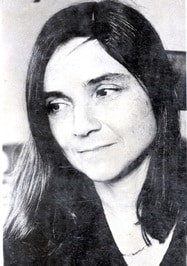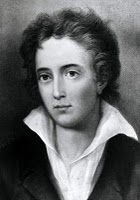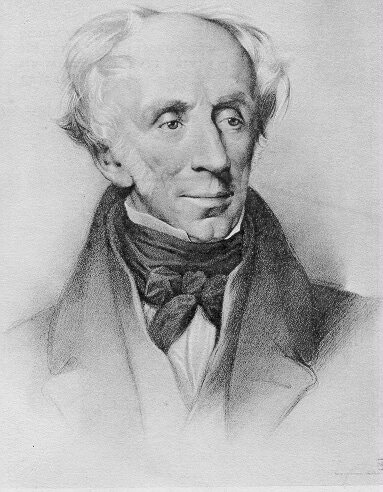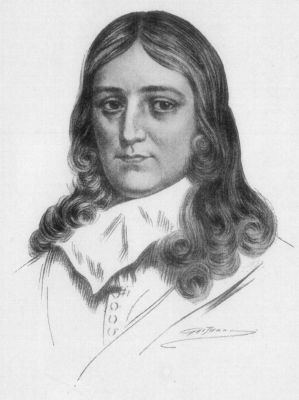William completed his Bachelor of Science and Master of Arts in 2013. He current serves as a lecturer, tutor and freelance writer. In his spare time, he enjoys reading, walking his dog and parasailing.
Article last reviewed: 2022 | St. Rosemary Institution © 2010-2025 | Creative Commons 4.0
In the novel, Their Eyes Were Watching God, Zora Neale Hurston shows how the lives of American women changed in the early 20th century. Zora Neale Hurston creates a character in her own likeness in her masterpiece, Their Eyes Were Watching God. By presenting Janie’s search for identity, from her childbirth with Nanny to the…
The Arab League is a regional organization that was founded on March 22, 1945. The league’s function is to promote political cooperation among it’s member states, and to deal with disputes or any breaches of peace in the region. The league’s official name is the League of Arab States. The founding members of the league…
The plot of The Mayor of Casterbridge, by Thomas Hardy, can often be confusing and difficult to follow. The pages of this novel are filled with sex, scandal, and alcohol, but it provides for a very interesting and unique story. It all begins one day in the large Wessex village of Weydon-Priors. Michael Henchard, a…
Catch 22, by Joseph Heller, is a critique of the society that we live in. Whoever is proud of what we have advanced to, and is unwilling to look at it in a negative light, would find this book very subversive. It threatens and criticizes the way of living of most who pride themselves in…
Every company has what is known as a “signature piece,” that is, a work which expresses something about the artistic direction and the spirit of the company. For the Alvin Ailey Dance Theater that piece is Revelations. Choreographed and set to traditional music, Revelations was first performed at the Ninety-second Street YM-YWHA New York, NY.,…
ALLEGORY, pronounced AL uh gawr ee, is a story with more than one meaning. Most allegories have moral or religious meanings. Famous allegories include the fables attributed to Aesop, an ancient Greek writer. Aesop’s fables seem to describe the adventures of animals and human beings. But the author actually wanted to teach his readers something…
Boys and Girls by Alice Munro Summary Alice Munro’s short story, “Boys and Girls,” has a very interesting detail written into it. The narrator’s brother is named Laird, which was carefully chosen by the author. Laird is a synonym for lord, which plays an important role in a story where a young girl has society’s…
The ancient Kingdom of Macedonia, situated in the north of modern Greece, was established by Perdiccas I about 640 B.C. Perdiccas was a Dorian, although the Macedonian tribes included Thracian and Illyrian elements. Originally a semibarbarous and fragmented power, Macedon became tributary to Persia under the Persian kings Darius I and Xerxes I and thereafter…
Acquired Deficiency Disease is a deadly disease that has claimed many lives, both young and old, across our nation and throughout the world. Due to the lack of education concerning this disease, many myths as to how AIDS is contracted is spread. Contrary to what people believe, there are many precautions that can be taken…
Agamemnon is a confusing tale of the people that are waiting for the soldiers to get home from the Trojan War. Most of the play is the chorus singing about many of the things that happened during the war. The play also shows the disrespect the men had for women in that time period. In…
A Chinese medical technique; acupuncture is a medicine originating in the orient over four-thousand years ago. Used primarily for pain relief, but also in curing disease and general health improvement. Oriental Medicine views (illness and pain) as an imbalance of one’s energy. With Acupuncture the energetic balance can be restored, thus helping the body to…
“A Woman Mourned by Daughters”, by Adrienne Rich, is a very descriptive poem in which two women are speaking to their dead mother. There are several parts to this poem starting from when the mother dies and moving gradually backward to when the daughters were young girls. It begins with the daughters sitting in their…
In “Ode to the West Wind,” Percy Bysshe Shelley tries to gain transcendence, for he shows that his thoughts, like the “winged seeds” (7) are trapped. The West Wind acts as a driving force for change and rejuvenation in the human and natural world. Shelley views winter not just as the last phase of vegetation…
This story takes place in London, England. The time is winter and it starts the day before Christmas, also known as Christmas Eve. The settings of the book include Scrooge’s Counting House, Scrooge’s Home, Bob Cratchit’s home, assorted places throughout Scrooges childhood like the schoolhouse and the Fizziwig’s place where Scrooge was an apprentice, this…
Wordsworth’s poetry derives its strength from the passion with which he views nature. Wordsworth has grown tired of the world mankind has created, and turns to nature for contentment. In his poems, Wordsworth associates freedom of emotions with natural things. Each aspect of nature holds a different meaning for Wordsworth. ‘The beauty of morning; silent,…
In the short story “A Story of An Hour” by Kate Chopin, the whole range of emotions are felt by the main charter Louise Mallard. Upon learning of her husband’s death she is immediately overcome by sadness. However, once she is alone she allows herself to experience her feelings of joy at the prospect of…
Chapter 1: The narrator (Gene) returns to the Devon School in New Hampshire, that he graduated from 15 years earlier. He goes to a certain tree and switches back to the past. Phineas dares everyone to jump from a branch in the tree into the river. Phineas, and Gene both jump. On the way back…
John Milton, a poet who was completely blind in 1651 wrote “Sonnet XIX” in 1652; this sonnet is his response to his loss of sight. The theme of the sonnet is the loss and regain of primacy of experience. Milton offers his philosophical view on animism and God. Furthermore, “Sonnet XIX” explores Milton’s faith and…
James Joyce’s A Portrait of the Artist as a Young Man is a novel of complex themes developed through frequent allusions to classical mythology. The myth of Daedalus and Icarus serves as a structuring element in the novel, uniting the central themes of individual rebellion and discovery, producing a work of literature that illuminates the…
Written in free verse, this poem dramatizes the chance confrontation of a groundhog and terrier. As the speaker relates the setting, the poet uses the design of the groundhog den to provide an alternative, “option”, to the latent conflict. Morgan, asserts the layout of the groundhog den “always has a back door”, and in doing…



















